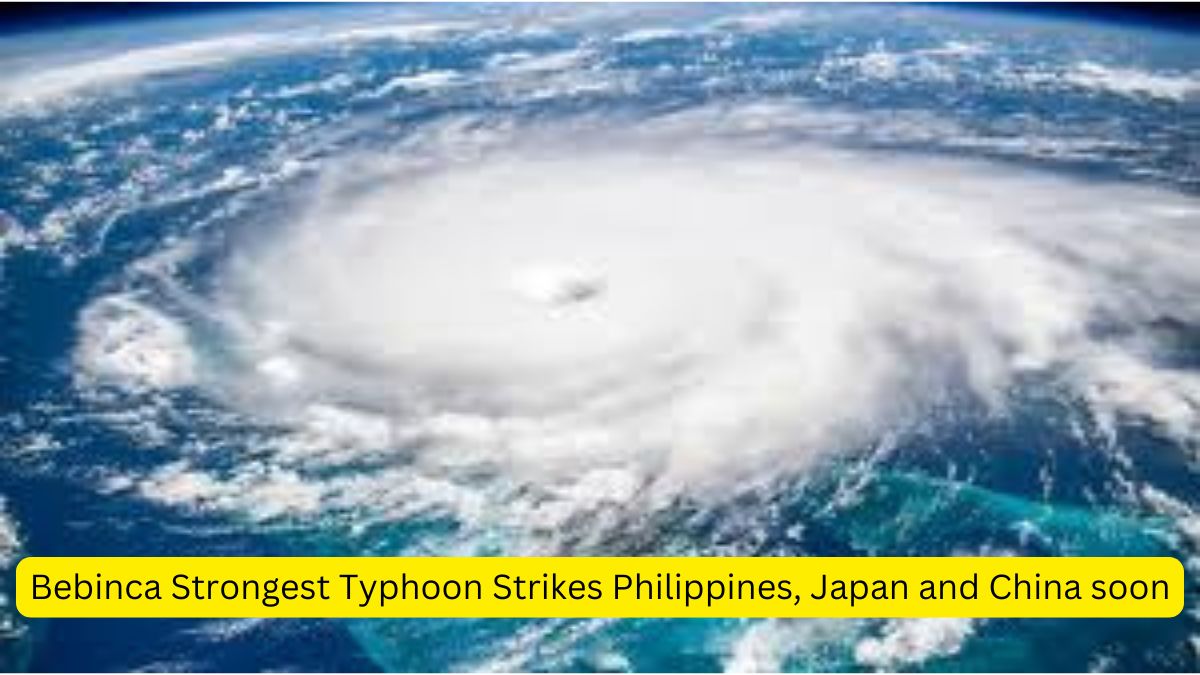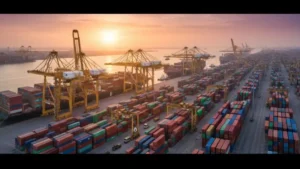Typhoon Bebinca strikes many countries, as it looks dangerous, it has already striked in the Philippines, Japan and will hit Shanghai city in China soon.
Impact of Bebinca Typhoon
- Typhoon Bebinca slammed into the central and southern Philippines.
- Bebinca has displaced around 13,000 people and damaged roads and other infrastructure in the Southeast Asian nation.
- Bebinca also passed through Japan’s Amami island overnight, carrying gusts of up to 198 kilometers per hour.
- All flights at Shanghai’s two main airports were cancelled on Sunday as authorities in the Chinese megacity.
Note : Typhoon Bebinca is the strongest storm to hit Shanghai in 75 years.
How Tropical Cyclones are formed?
- Tropical cyclones form over warm ocean waters near the equator.
- When the warm, moist air from the ocean surface rises upward, a lower air pressure area is formed below.
- Air from surrounding areas with higher air pressure rushes into this low pressure area, eventually rising, after it also becomes warm and moist.
- As warm, moist air rises, it cools down, and the water in the air forms clouds and thunderstorms. This whole system of clouds and winds gains strength and momentum using the ocean’s heat, and the water that evaporates from its surface.
The category of tropical cyclones
- It is classified into five categories — Category 1 to Category 5.
- While Category 1 tropical cyclones bring winds of 119 to 153 kmph,
- Category 5 tropical cyclones, which are the strongest, have winds of 252 kph or higher.
- Category 3 and higher are considered major tropical cyclones due to their potential to inflict significant damage.
Name of Cyclone related to different country
- 1. Indian Ocean – Tropical Cyclones
- 2. Caribbean Sea – Hurricanes
- 3. China Sea – Typhoons
- 4. Japan – Taifu
- 5. Philippines – Baguio
- 6. USA – Tornadoes
- 7. Northern Australia – Willy Willy




 Operation Hawkeye: US and Jordan Strike ...
Operation Hawkeye: US and Jordan Strike ...
 India and the Netherlands Set Up Joint T...
India and the Netherlands Set Up Joint T...
 Brazil Hands Over BRICS Presidency to In...
Brazil Hands Over BRICS Presidency to In...







